I speak on the recent government response to the inquiry into improving crisis communications to culturally and linguistically diverse [CALD] communities. Communication has long proven fragmented and difficult for people who speak a language other than English at home. That was most evident during the COVID-19 pandemic where the disparity of access to key information was a major barrier for CALD communities. In south-west Sydney, large numbers of the population speak a language other than English—for example, in the Liverpool local government area that statistic stands at 49 per cent. As a result, communications with those communities during a crisis can prove problematic at best and deadly at worst. Some of the identified issues include insufficient translation services, and in some cases incorrect translation; a lack of diversity and inclusion in public agencies and policy development; and negative representations of CALD groups, especially from lower socio-economic geographies.
During the pandemic there were mixed messages and double standards from the previous Government. Selective lockdowns created an east-west divide or, as it became known, the tale of two Sydneys. That was not just a barrier that dictated freedoms, it also impacted communication. The outbreak on the northern beaches, then followed by an outbreak in the eastern suburbs, was met with an information campaign funnelled through mainstream media channels which proved effective. By contrast, when the same approach was applied to the western suburbs, it was far less effective. That was through no fault of the local population but rather the approach applied by the Government and agencies at the time.
Unlike our cousins in the north and east, we in the west consume media and information in a much more decentralised, informal and multilingual manner. The former Government failed to recognise that western and south-western Sydney are distinct cultural and social regions from the rest of Sydney. That means we need specialised and dedicated resources, rather than relying on what works for those in the east of Sydney. Ethnic media, informal community networks and WhatsApp often prove more effective at disseminating key messages than a run on the nightly news. Trust in institutions also acts as a key barrier. Therefore, it was not until small organisations, grassroots community movements and community leaders worked with the Government and NSW Health that they started to effectively get the message across to communities.
I was one of the many people who gave evidence in the hearings to a committee last year. In the hearings I brought up many of the concerns facing CALD communities in my area. Along with staff at the Western Sydney Migrant Resource Centre, we made five main recommendations: expand the range of languages in which crisis communications are disseminated while tailoring messages in more simple ways; dedicated media infrastructure for south-western Sydney, potentially subsidised by government to enable tailored and trusted messaging to CALD communities; develop public health campaigns in partnership with local community based organisations to ensure visibility of CALD communities in communication planning and delivery; employ strength-based and empowering strategies when addressing CALD groups, especially from vulnerable backgrounds, which normalise diverse CALD family structures, living arrangements and cultural values; and proactively include CALD communities in crisis communications, planning and integrate them with emergency management systems for tailored response and recovery.
I note that in the NSW Council of Social Service's submission to last year's budget it highlighted the roles NGOs play in emergency management during a crisis. It noted that being able to embed place-based NGOs in emergency management systems improves local emergency responses and recovery. It also emphasized strengthening our emergency management system and building on recovery initiatives such as community resilience networks. Understanding community strengths, challenges, cultural factors and the unique make-up of the local social service system will significantly improve the local and regional emergency management planning. The NGOs would be a nexus between emergency management structures and social services, with tasks including the allocation of roles and responsibilities, scenario planning, simulation exercises, training and coordination across social services.
I acknowledge all who made a submission and gave evidence to the inquiry. I especially thank the staff of Western Sydney Migrant Resource Centre for their tireless work in gathering this information from countless community groups, community leaders and grassroots organisations in Western Sydney. I am pleased that the government response to the inquiry report has considered many of the recommendations. We know that communication during crisis situations can save lives and we know that communication can be improved and made more accessible, especially for CALD communities.


